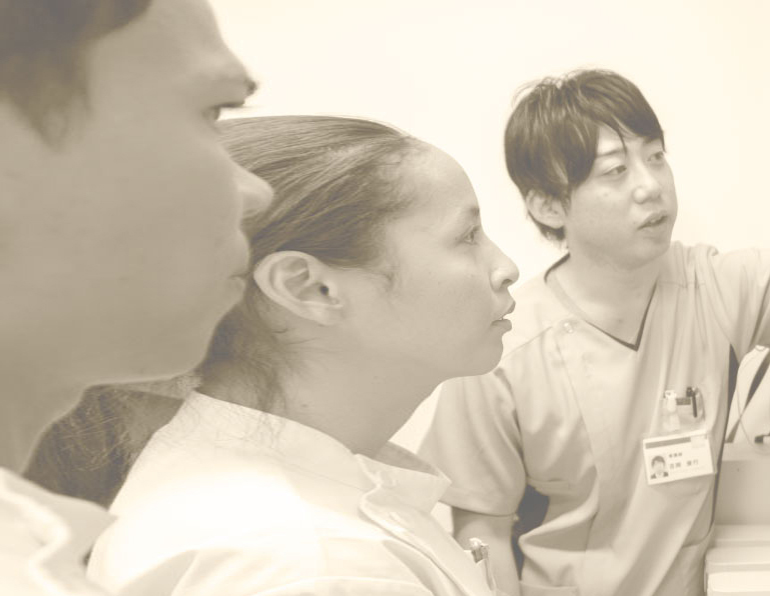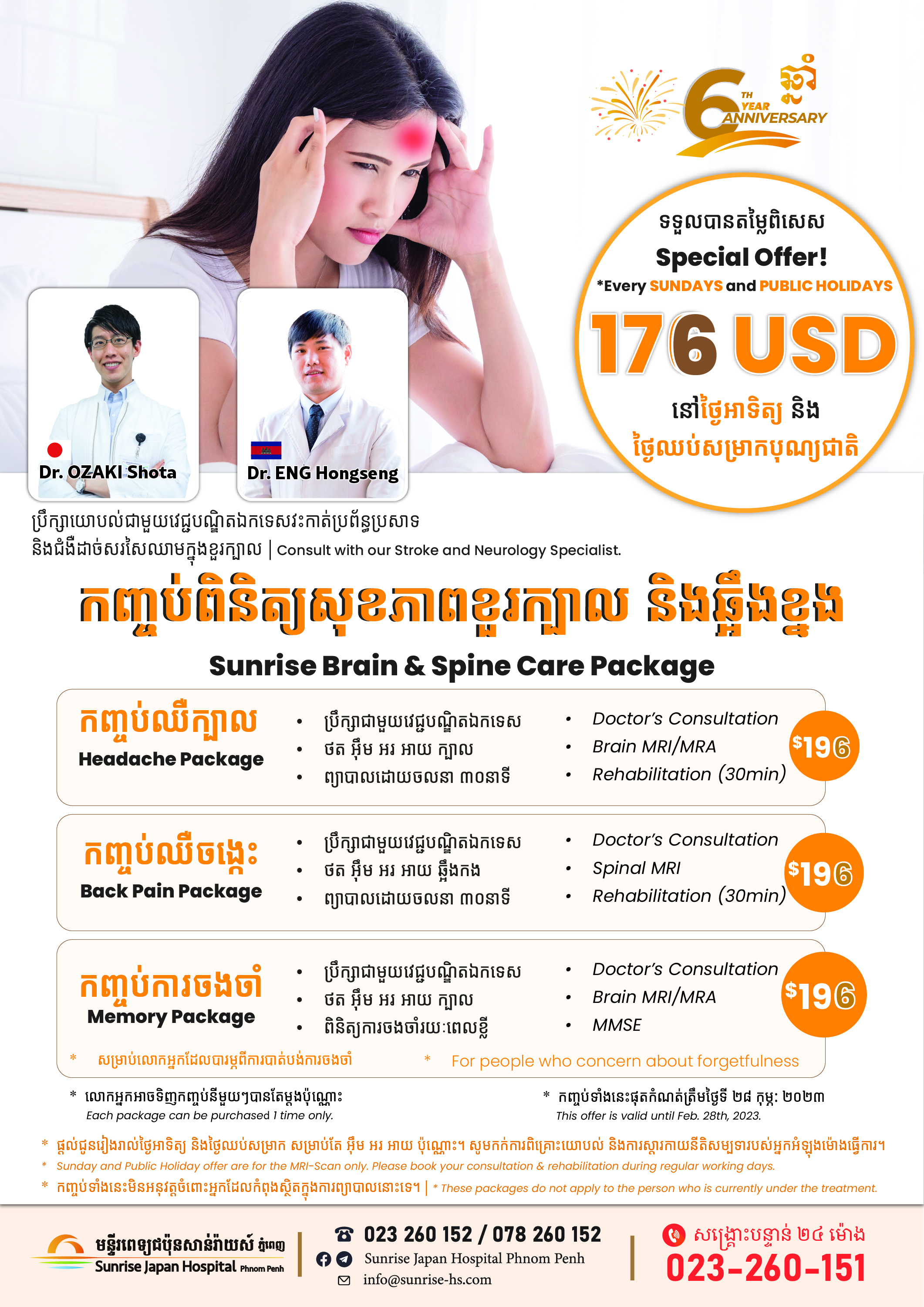
[Special Offer 176 USD] Sunrise Brain & Spine Care Package
26 Nov, 2022

1. What is a stroke? What kind of people in what age are most affected or faced by a stroke?
A stroke is an interruption of the blood supply to any part of the brain. It is also referred to as a brain attack. If blood flow was stopped for longer than a few seconds and the brain cannot get blood and oxygen, brain cells can die, and the abilities controlled by that area of the brain are lost.
There are two types of strokes: ischemic stroke and hemorrhagic stroke.
An ischemic stroke is caused by a blood clot that blocks an artery and cut off blood flow to the brain. A hemorrhagic stroke is caused by the breakage or "blowout" of a blood vessel in the brain.
Anyone can have a stroke, even if you aren't feeling sick.
2. What are the factors that cause a stroke?
Many risk factors for stroke don't have any symptoms. The best way to prevent a stroke is to reduce your stroke risk factors that are controllable. 80% of strokes are preventable.
Controllable risk factors:
Uncontrollable risk factors:
3. How life-threatening is this disease?
Depending on the severity, a major cerebral hemorrhage or ischemic stroke may cause a significant increase in cerebral pressure and be fatal.
4. What are the noticeable symptoms?
There are varieties symptoms depends on the location of stroke but the National Stroke Association recommends remembering the term F.A.S.T. This stands for Face, Arms, Speech and Time.
If you suspect someone may be having a stroke, ask the person to do the following:
If the person shows any of these symptoms, time is important. Call an ambulance immediately.
5. What can we do to save a patient who suffers from a sudden stroke?
The most important thing is time, we can say time is brain. So call ambulance immediately and get to the hospital.
6. What are the noticeable symptoms?
Time is of the essence when treating a stroke. Stroke awareness for both patient and patient's family is the first and most important step to effective treatment. Stroke treatment can be more effective if given quickly, within the first few hours from stroke onset. Especially for the super acute phase of ischemic stroke we have 2 types of treatment. Intravenous tissue plasminogen activator and mechanical thrombectomy. t-PA is an infusion, in the vein, of a drug which helps dissolve blood clot in acute stroke. And mechanical thrombectomy is a catheterization techniques.
7. What are the after side effects of stroke on a survivor?
Depending on where the stroke occurred, typical sequelae include paralysis, sensory disturbance, dysarthria, and visual field disturbance. Some people may become bedridden.
8. What can we do to prevent the risk of stroke?
It is important to reduce as much as possible the risk factors that can be controlled. On the other hand, many risks are hard to notice because they do not have symptoms. Please do Health Check-Up for early detection.
Sunrise Japan Hospital have a lot of choice for treatment and have experience in treating stroke patients. TIME IS BRAIN. If the patient, family, friend, or parent has the symptoms, please call us immediately.
>>Please click for get special offer